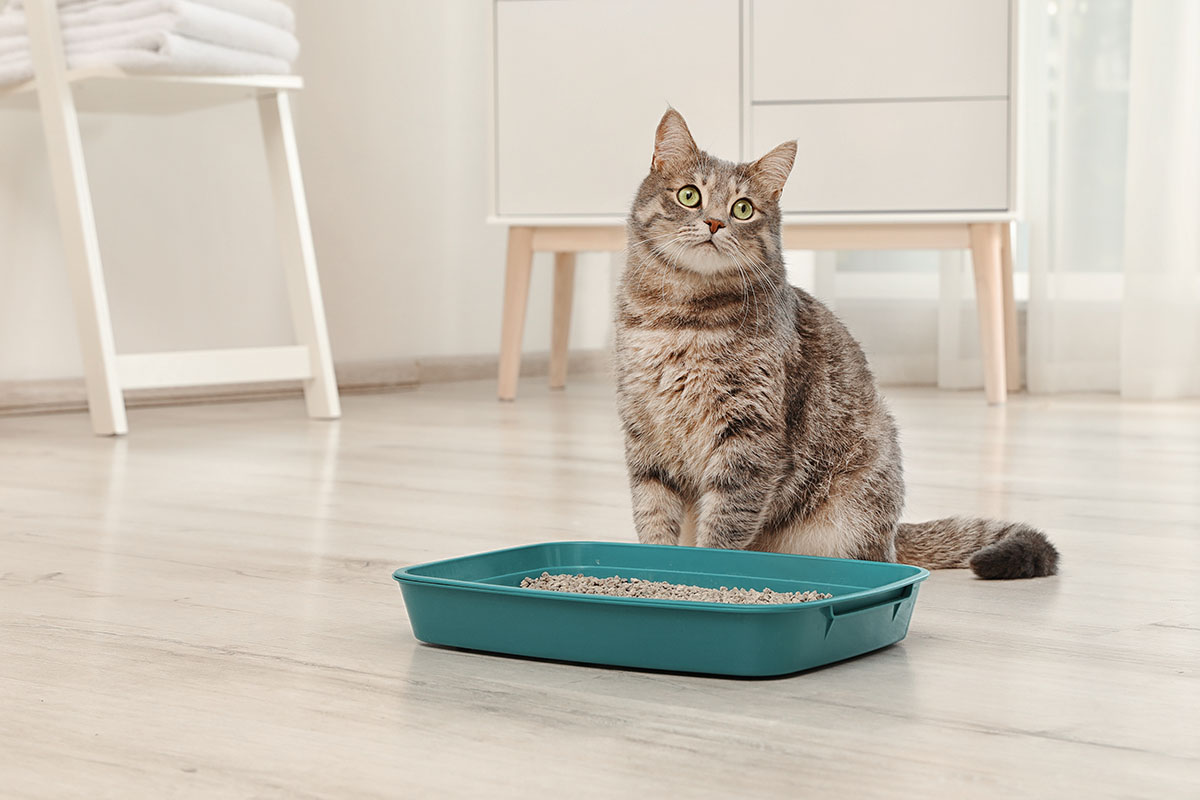
UTI Treatment: Urinary Tract Health in Pets
By Sandy Robins
Urinary tract infections (UTI) can be common in both dogs and cats. Such infections can be extremely painful and negatively impact a pet’s general demeanor. There are several red flag symptoms to alert pet parents so that they can seek veterinary assistance and add health supplements to help with everyday care.
“The typical symptoms that a pet parent will notice when a dog or cat pet has a UTI is really dependent on where the infection is in the urinary system,” explained Brian McLaughlin, DVM, national technical services manager for Vetoquinol USA.
“It can range from no clinical signs to excessive water drinking/frequent urination and urgency to urinate, straining to urinate, off colored or red urine, inability to hold urine and foul-smelling urine,” he added. “More commonly, an owner will notice that the dog is urinating in the house or a cat is urinating outside of their litter box.”
Dogs
Veterinary data shows that about 14 percent of dogs will suffer from a urinary tract infection in his or her lifetime. Spayed females are more commonly affected and its more prevalent in small dogs and retriever-type breeds and seniors in age. Canine urinary issues cover infections of the bladder, urethra and prostate and can also indicate more serious medical issues such as bladder stones and cancer.
Proper diagnosis of a urinary tract issue requires a visit to the veterinarian for a physical examination of the kidneys and bladder along with a urinalysis. Often, a urine culture, blood work, ultrasound or radiograph is recommended to determine the cause of the UTI and whether there’s an underlying condition, such as stones or tumors.
Cats
Cats are increasingly affected by Feline Lower Urinary Tract Disease (FLUTD) as they age or if they are obese, with male cats being more susceptible. UTIs account for approximately one to three percent of all cases of feline lower urinary tract disorders. However, the incidence of bacterial UTI in cats also increases with age. Feline urinary tract disease can affect the urinary bladder, such as cystitis (an inflammation of the bladder), and the urethra, the channel that carries urine from the bladder to the outside.
In some cases, a cat’s urethra can be completely blocked, either by stones or by a build-up of minerals and tissue called a “urethral plug.” A cat with an obstruction like this won’t be able to pass urine at all. An obstruction of the urethra is a medical emergency and requires immediate veterinary attention.
Feline Idiopathic Cystitis is the term when the inside of a cat’s lower urinary tract gets irritated without an infection or stones being present. Sometimes it can be a symptom of stress or a reaction to a change in diet.
Very often UTIs need to be treated with antibiotics. Further, to keep the urinary tract healthy, McLaughlin advises the following:
- Always provide adequate, fresh water.
- Feed an appropriate, quality diet and consult your veterinarian if a specific urinary diet is warranted.
- For cats, scoop the litter box daily to ensure it’s always clean.
- Supplements can help maintain a healthy urinary tract in both cats and dogs. However, first seek veterinary approval.
A product such as Tomlyn’s Urinary Tract Health can be given to both dogs and cats to help maintain a healthy urinary tract and aid waste elimination. The beef-flavored chews contain a purified cranberry extract that helps keep bacteria from sticking to the lining of the urinary tract. The body is then able to flush it out with each elimination which helps keep the lining of the urinary tract health. Vetoquinol Methigel Gel Urinary Supplement is a palatable gel containing Methionine to help reduce the chances of stones and increase the urinary excretion of quinidine by acidifying the urine. It is recommended that it be given during feeding time or after your pet has eaten to reduce the incidence of gastrointestinal upset.















